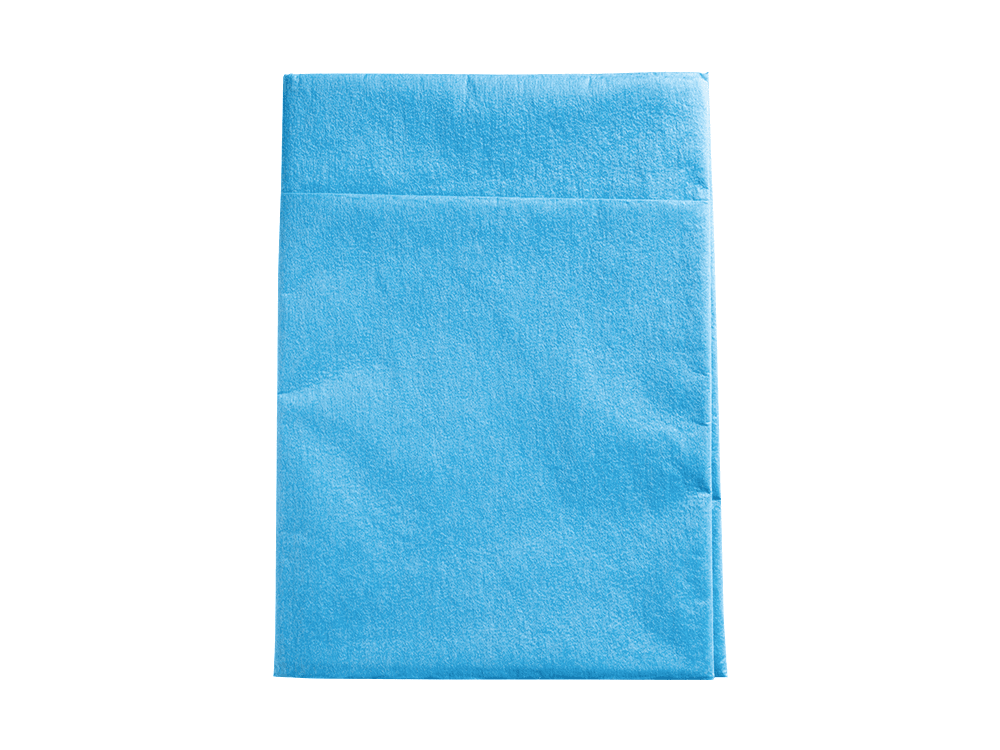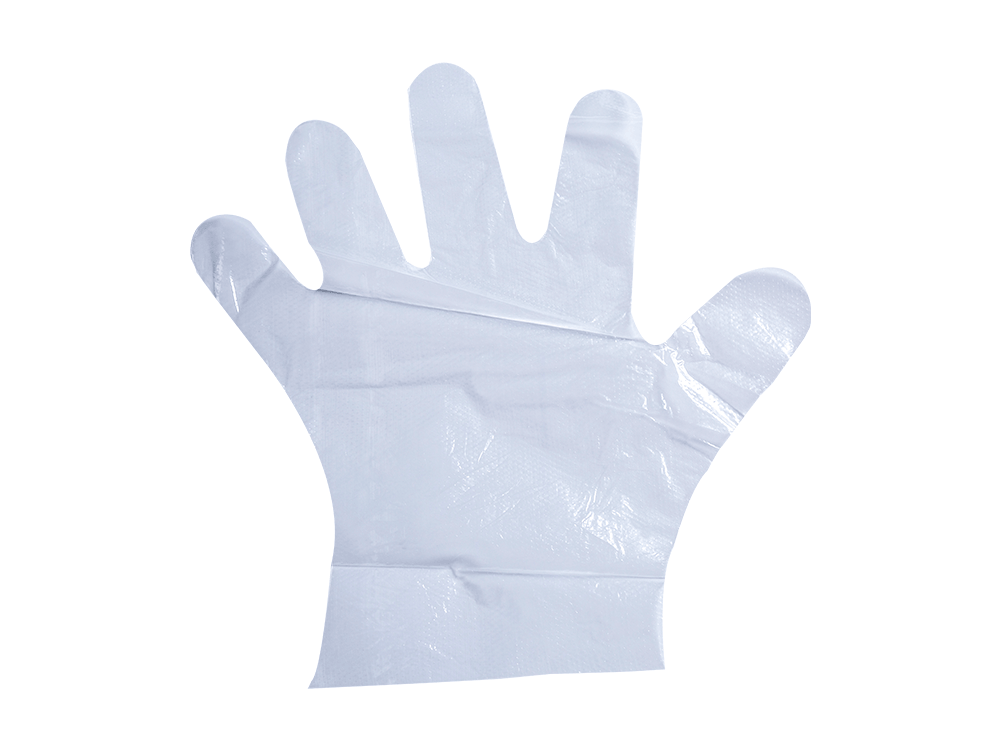Film, specifically in the form of medical films, plays a vital role in infection control and barrier protection in medical settings. These films are typically made from materials like polyethylene or polypropylene and are designed to create a protective barrier between healthcare workers, patients, and potentially infectious agents. Here's how medical films contribute to infection control and barrier protection:
Personal Protective Equipment (PPE):
Gowns and Aprons: Medical films are used to manufacture disposable gowns and aprons. Healthcare workers wear these PPE items to protect themselves from exposure to bodily fluids, blood, and other potentially infectious materials.
Gloves: Medical films are also used in the production of disposable gloves, providing a protective barrier for the hands during patient care activities.
Barrier Against Infectious Agents:
Containment of Contaminants: Medical films are impermeable to fluids, microorganisms, and particulate matter. They serve as a barrier, preventing the transfer of pathogens and contaminants between patients, healthcare workers, and the environment.
Splash and Aerosol Protection: In procedures where there is a risk of splashes or aerosolized particles, such as surgeries or dental work, medical films provide protection against these hazards.
Isolation and Quarantine:
Patient Isolation: Medical films can be used in isolation units to create physical barriers between infected patients and healthcare providers. This helps prevent the spread of infectious diseases within healthcare facilities.
Quarantine Areas: In outbreak situations, medical films can be used to partition off quarantine areas to contain the spread of contagious diseases.
Surface Protection:
Covering Medical Equipment: Medical films can be used to cover and protect sensitive medical equipment, such as ultrasound machines or examination tables, to prevent cross-contamination between patients.
Barrier Drapes: During surgical procedures, sterile barrier drapes made from medical films are used to maintain aseptic conditions by covering the patient and creating a sterile field.
Easy Disposal:
Disposable Nature: Medical films are typically disposable, which means they can be discarded after use. This reduces the risk of contamination from reusing PPE or medical equipment and simplifies infection control protocols.
Comfort and Mobility:
Flexibility and Comfort: Medical films are often designed to be lightweight and flexible, allowing healthcare workers to move comfortably while maintaining protection against contamination.
Breathability: Some medical films are engineered to be breathable, reducing the risk of heat stress and discomfort during prolonged use.
Regulatory Compliance:
Meeting Standards: Medical films used in healthcare settings are subject to rigorous quality and safety standards to ensure their effectiveness in infection control and barrier protection.


 english
english 中文简体
中文简体

















